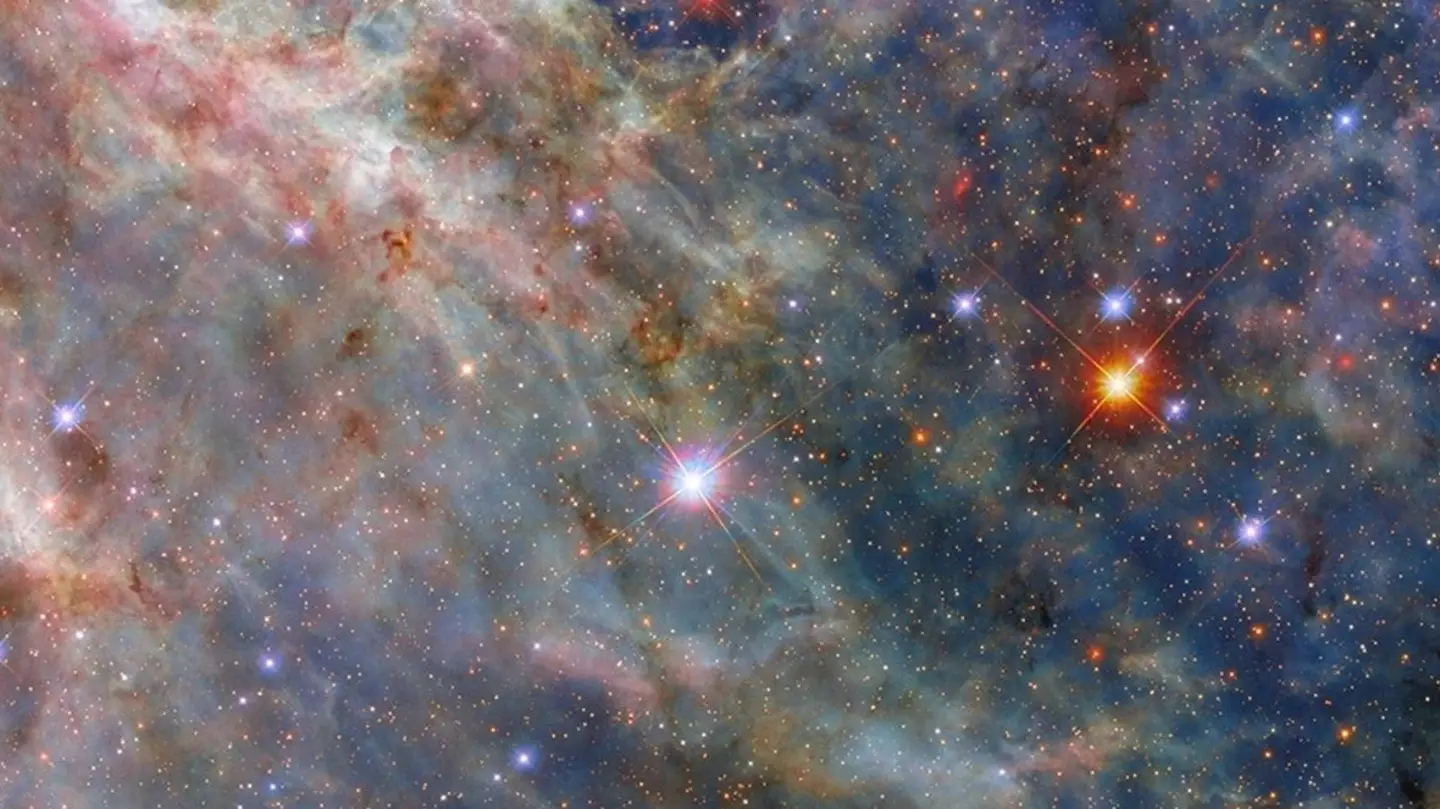
NASA's Hubble Telescope captures cosmic tarantula in never-seen-before photos
The breathtaking imagery by NASA's Hubble Telescope tells us a lot about star formation
 Emma Rosemurgey
Emma Rosemurgey

Emma is an NCTJ accredited journalist who recently rejoined LADbible as a Trends Writer. She previously worked on Tyla and UNILAD, before going on to work at the Mirror Online. Contact her via [email protected]